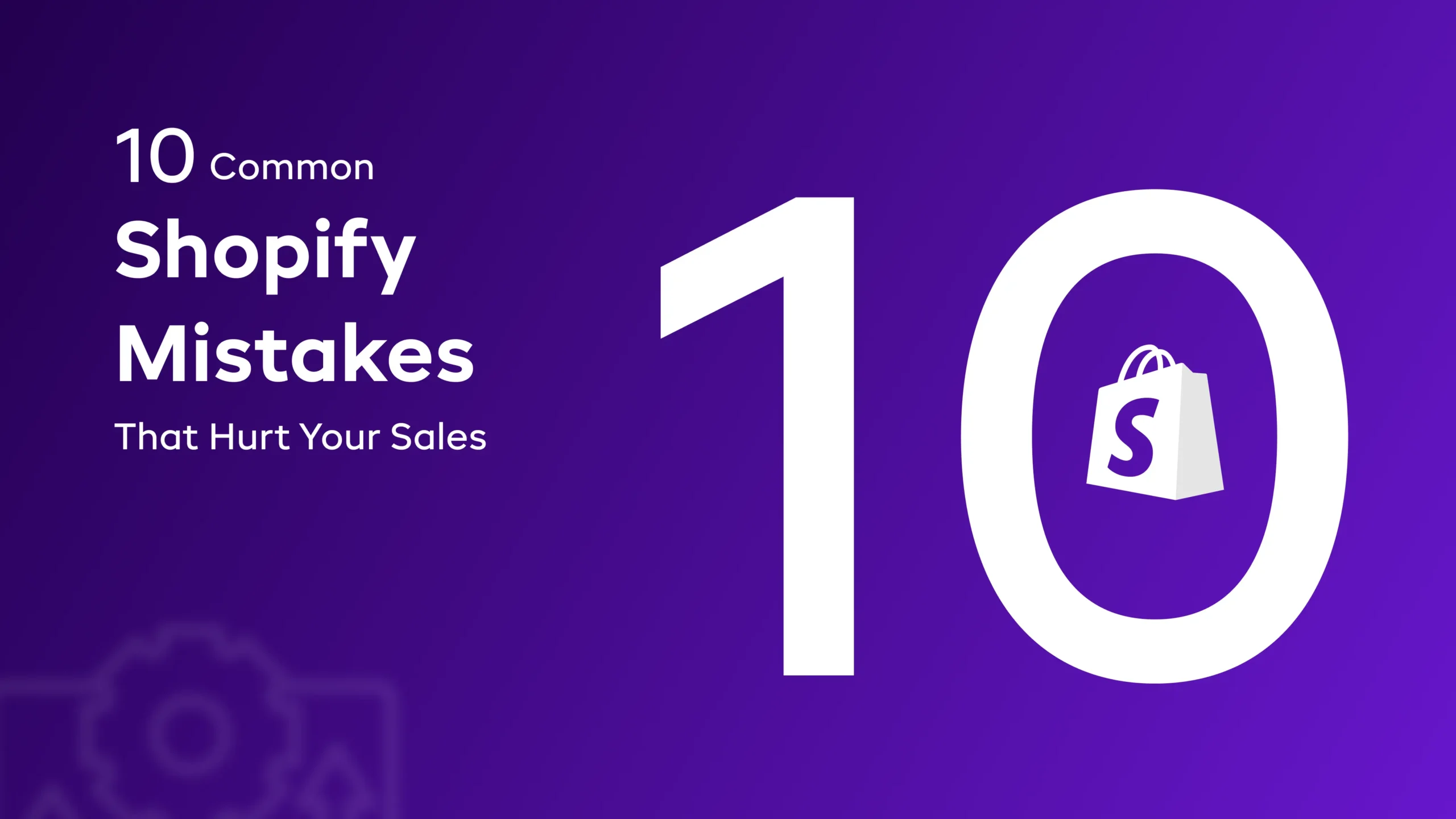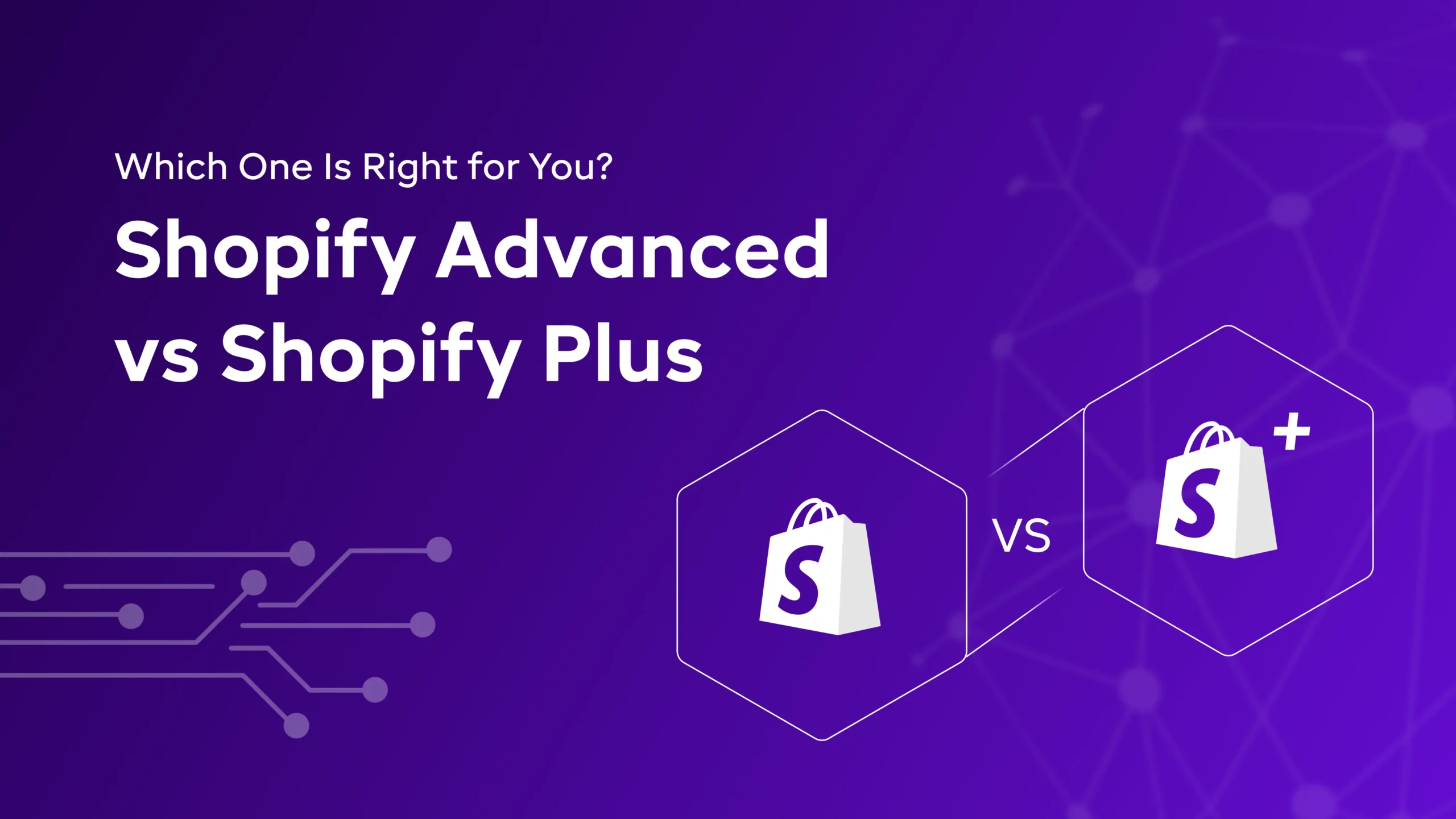10 Common Shopify Mistakes That Hurt Your Sales (And How to Fix Them)
Published on March 31st 2025


About Author
Related Blogs

Magento to Shopify Migration Service
Are you tired of running a Magento store that seems too complex to maintain?
Author: Jigar Jariwala

Shopify Advanced vs Shopify Plus: Which One Is Right for You?
Shopify Advanced is a strong package suited for expanding eCommerce businesses. It includes everything available in the Basic and Standard programs and some significant differences.
Author: Jigar Jariwala